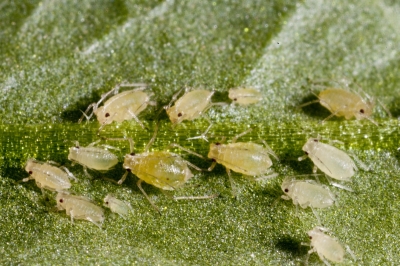Response

Genetic dissection of plant-microbe/pest interactions has led to the discovery of many key players in the mechanism of plant signal transduction – the process by which the plant communicates the threat or benefit internally and coordinates a response.
We will take a systems approach to focus on mechanisms for intracellular signal transductions during plant-microbe/pest interactions as well as the emerging field of cell to cell communication.
Genetic dissection of plant-microbe/pest interactions has led to the discovery of many key players in plant signal transduction. The challenge now is to link these components together, providing the detailed understanding of signal transduction mechanisms.
A newly emergent area that we will focus on in the next 5 years is the cell-to-cell communication that allows the coordination of plant responses to pathogens, pests and symbionts. The technologies and understandings that we and others have developed over the last 5 years allow us to discriminate between the signal transduction mechanisms happening in different regions of the cell, in different cell types and at local versus systemic sites.
Mathematical modelling will be incorporated with experimentation to explore these mechanisms of local and systemic signal propagation. There are several parallels between PAMP and symbiotic signaling and the work in this theme will allow us to compare and contrast these processes and to explore exploit the mechanisms for differential activation of downstream responses.
- Objective 2.1 – Define the mechanisms of intracellular signal transduction during plant-microbe/pest interactions (Dr Christine Faulkner, Dr Myriam Charpentier, Professor Richard Morris, Professor Saskia Hogenhout, Professor Cyril Zipfel, Professor Nick Talbot)
- Objective 2.2 – Identify the genetic components involved in cell-to-cell communication during plant-microbe/pest interactions (Dr Christine Faulkner, Professor Richard Morris, Dr Tony Miller, Professor Saskia Hogenhout, Professor Silke Robatzek, Prof Dale Sanders, Professor Nick Talbot)
- Objective 2.3 – Translation of signal transduction mechanisms for improved crop performance (Dr Chris Ridout, Professor Cyril Zipfel)
